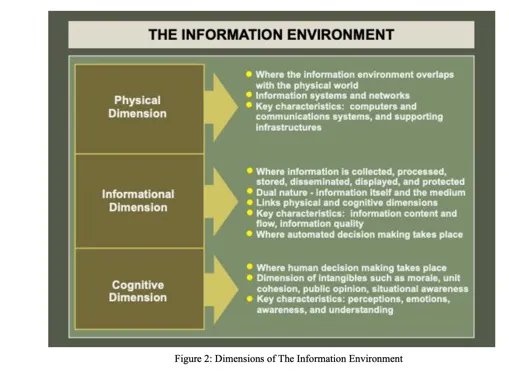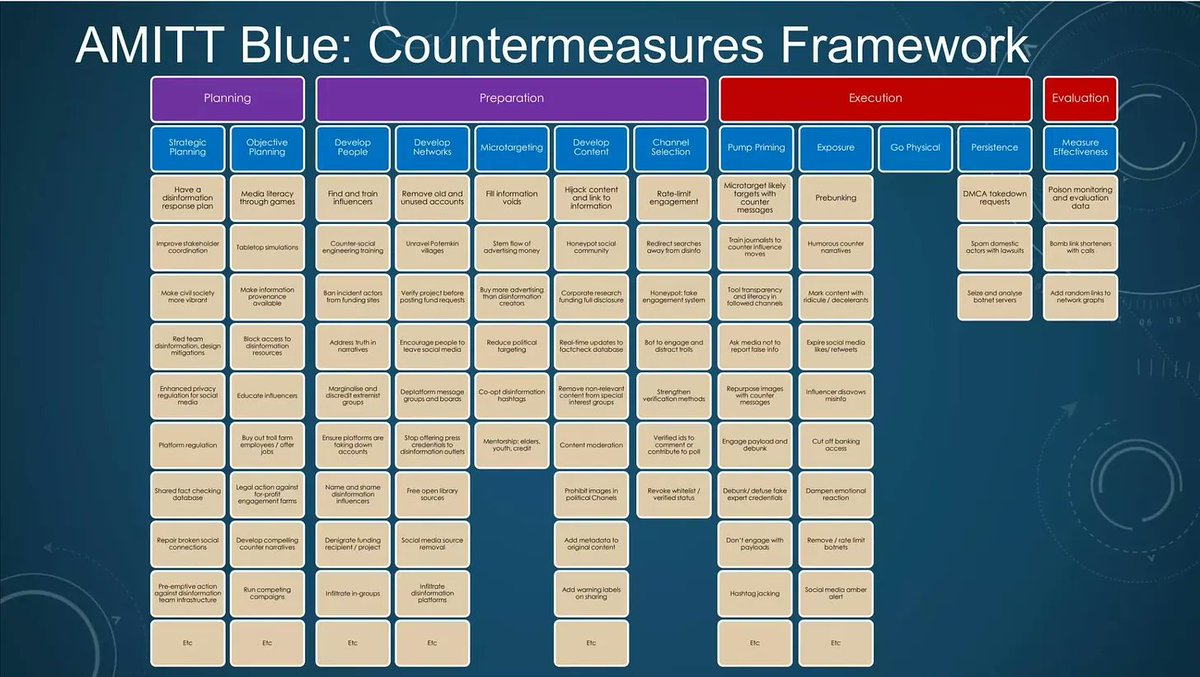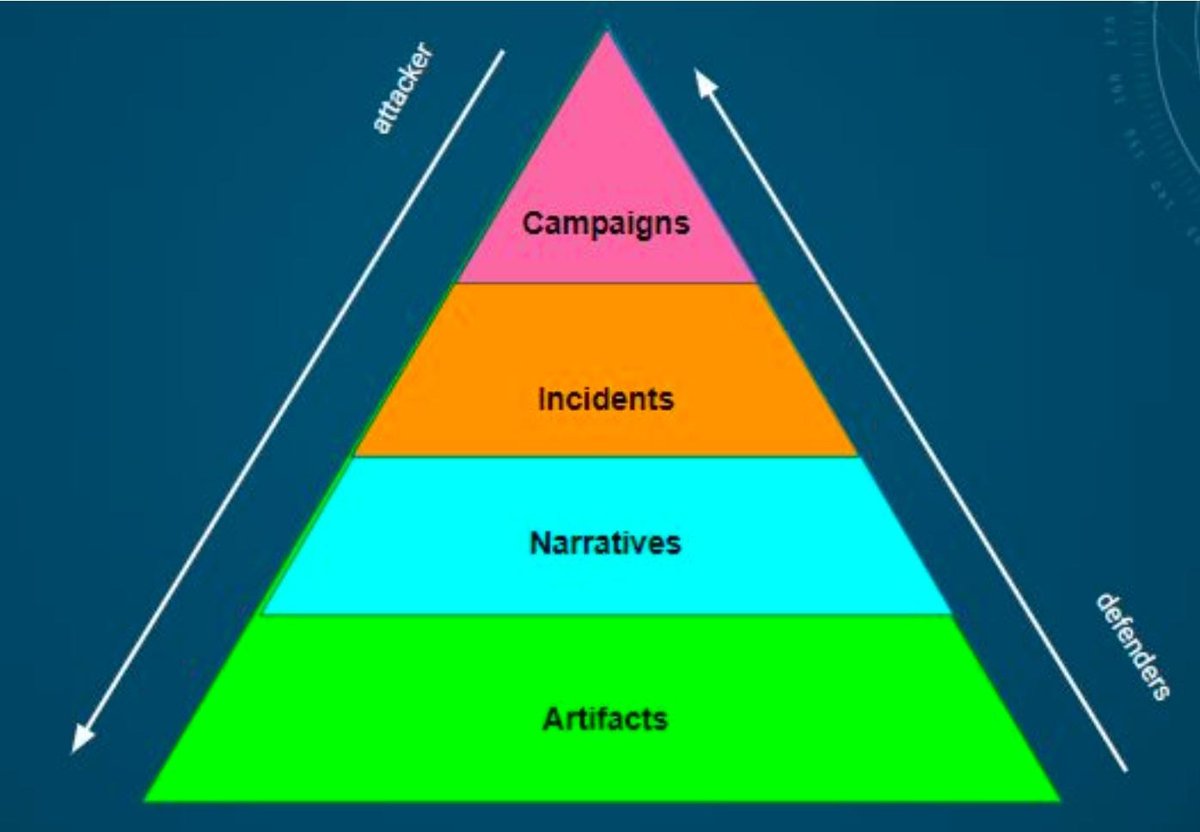For Charlie Munger, curiosity was a lifelong project, and he believed that business people should constantly refresh their knowledge, by challenging their assumptions and learning from mistakes more than successes econ.st/46xSX6R 

My favorite Charlie Munger story:
In 1953, Munger was 29 years old.
Recently divorced. Lost the house. Huge social stigma of divorce back then.
His 8-year-old son, Teddy, was diagnosed with cancer.
The leukemia was incurable.
No medical insurance - Munger paid for all his medical care.
Charlie would visit Teddy in the hospital every day -- and then walk the streets crying.
Teddy died at the age of 9.
Charlie was broke, divorced and just lost his child.
99.9% of people would've turned to alcohol, drugs, or suicide. (And you'd understand why)
Munger never did.
Fast forward to 52 years old, a failed surgery left him blind in one eye with the potential of going fully blind one day.
Charlie was an obsessive learner who read every book he could get his hands on.
When confronted with the possibility of going blind and no longer being able to read he said:
"It's time for me to learn braille!"
The only thing that might be more impressive than his intellect was his actions.
RIP.
---------
Munger on Self-Pity:
"Generally speaking, envy, resentment, revenge, and self-pity are disastrous modes of thought.
Self-pity gets pretty close to paranoia…
Every time you find your drifting into self-pity, I don’t care what the cause, your child could be dying from cancer, self-pity is not going to improve the situation. It’s a ridiculous way to behave.
Life will have terrible blows, horrible blows, unfair blows, it doesn’t matter. Some people recover and others don’t.
There I think the attitude of Epictetus is the best. He thought that every mischance in life was an opportunity to behave well. Every mischance in life was an opportunity to learn something and that your duty was not to be immersed in self-pity, but to utilize the terrible blow in a constructive fashion. That is a very good idea."




